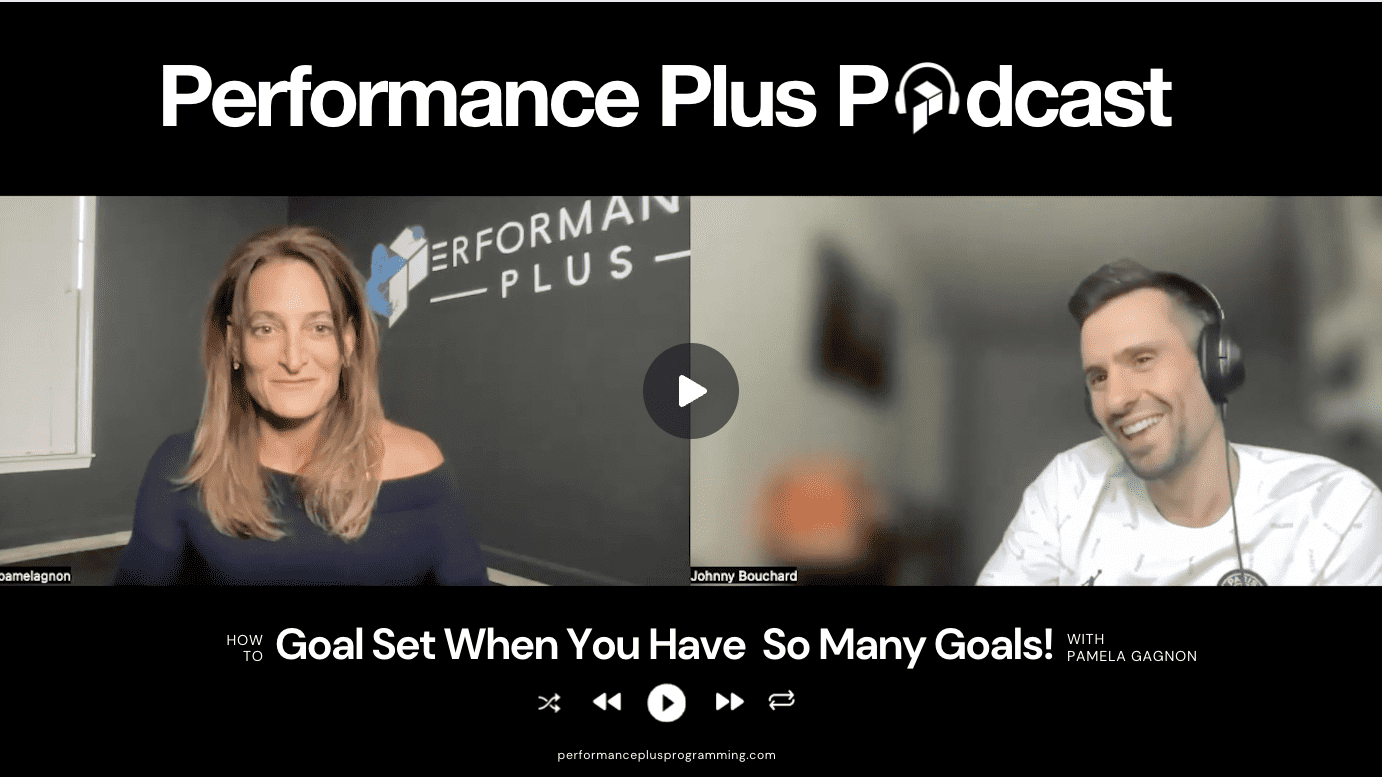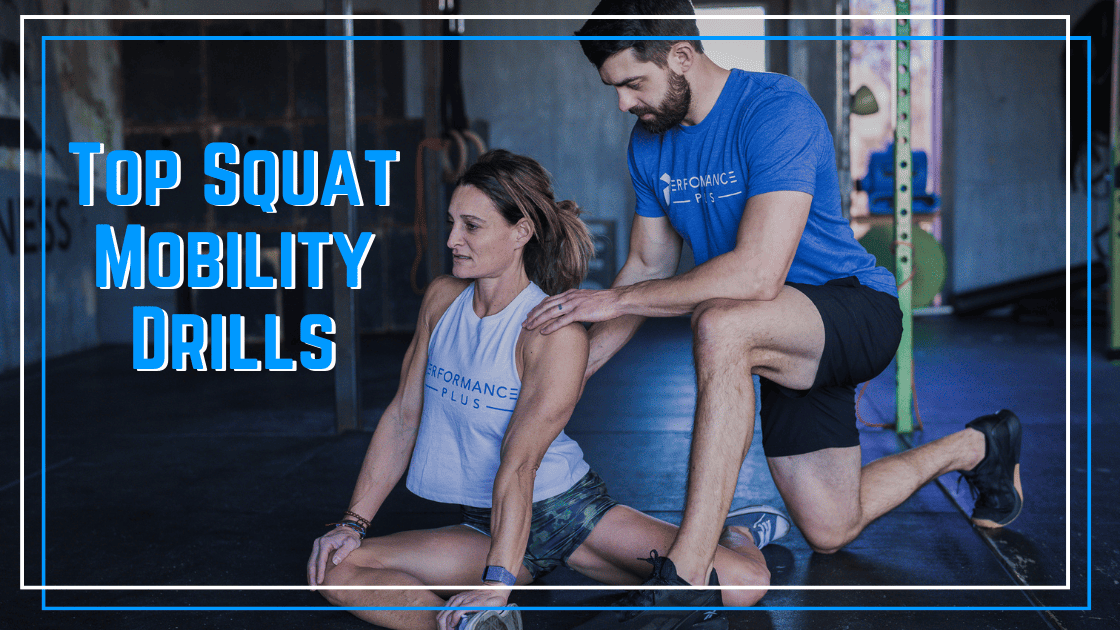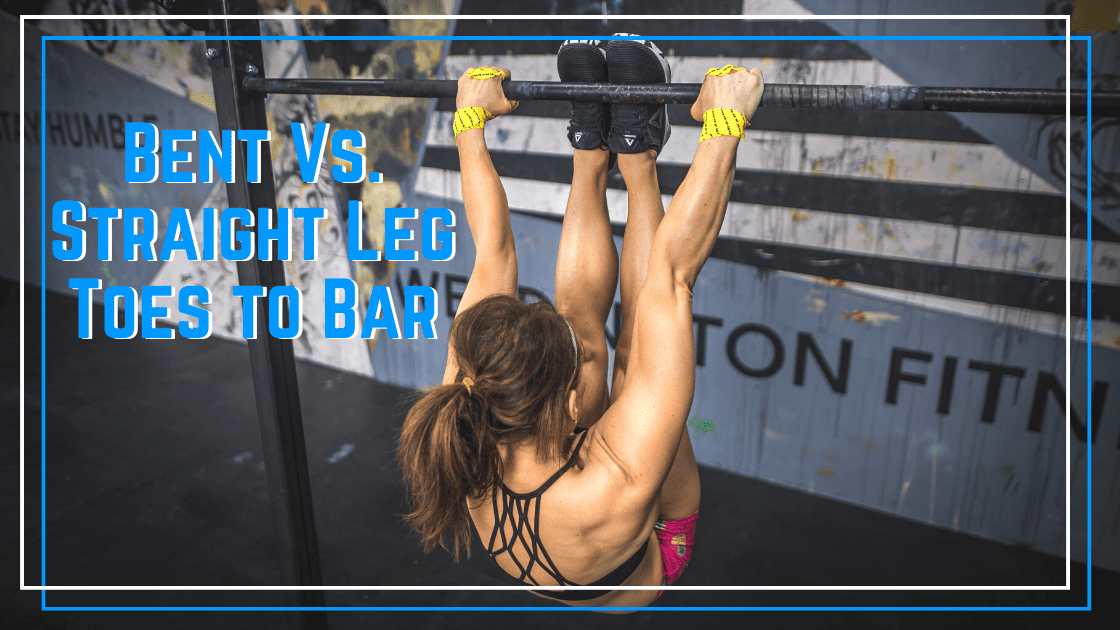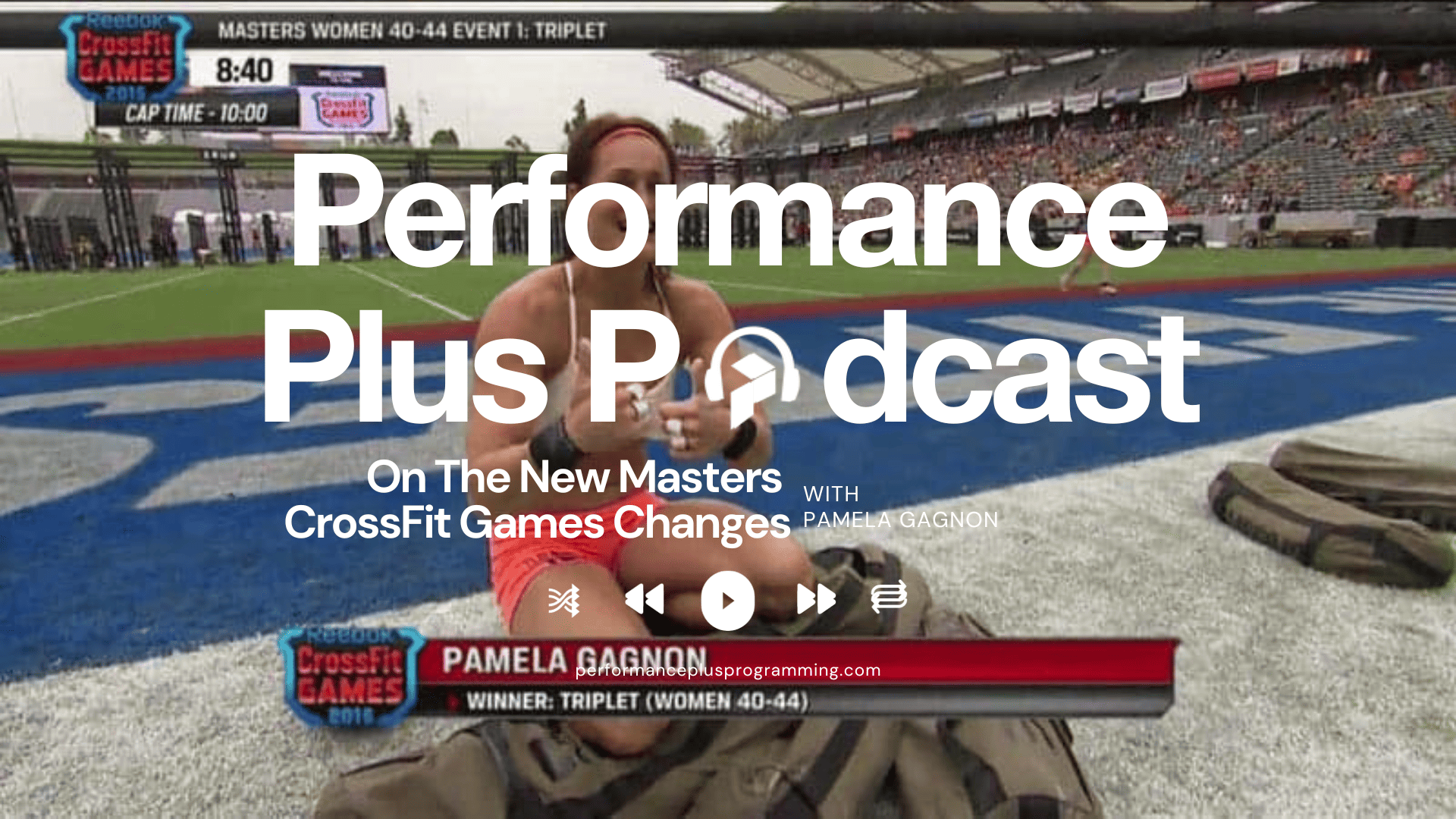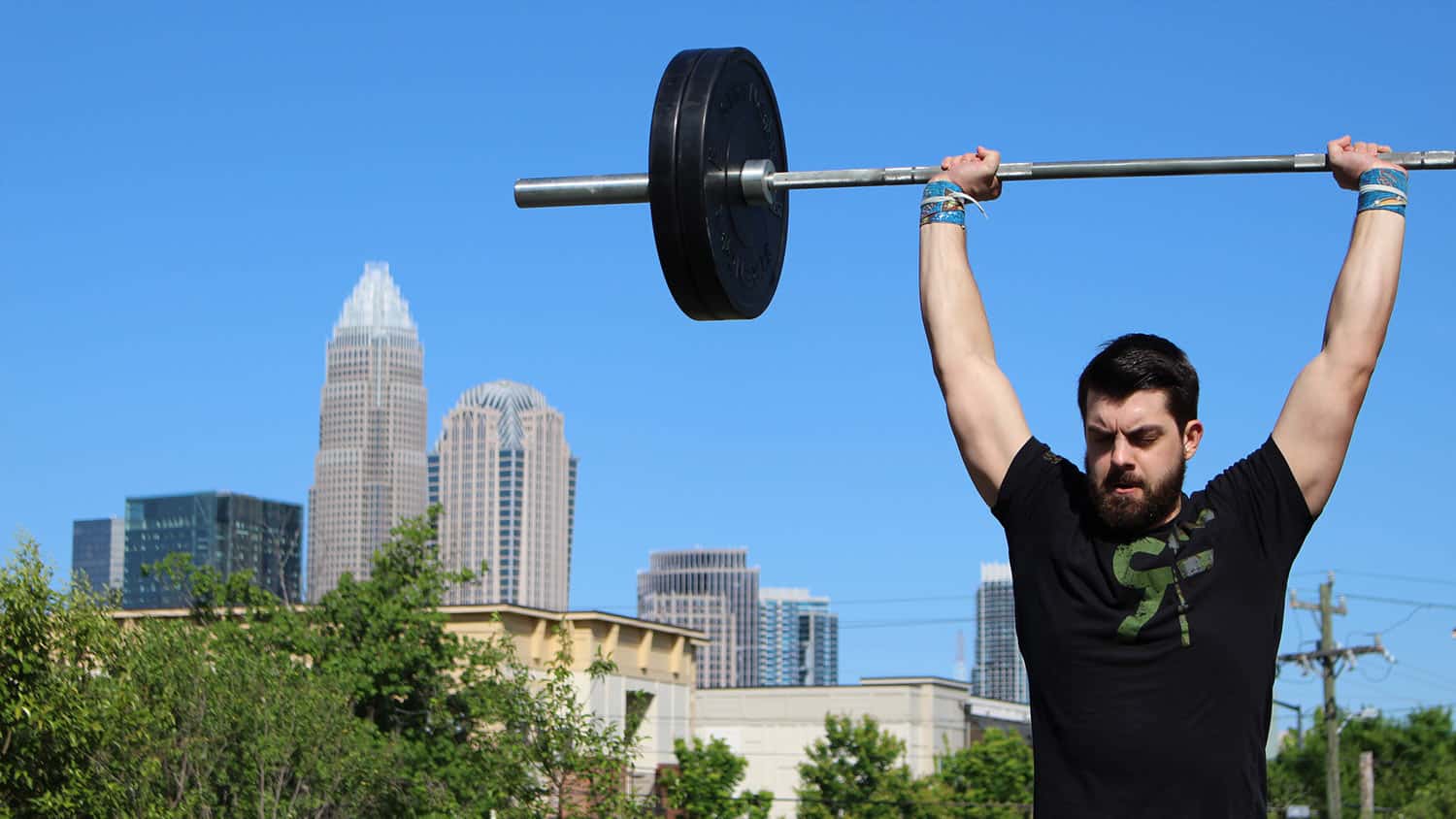
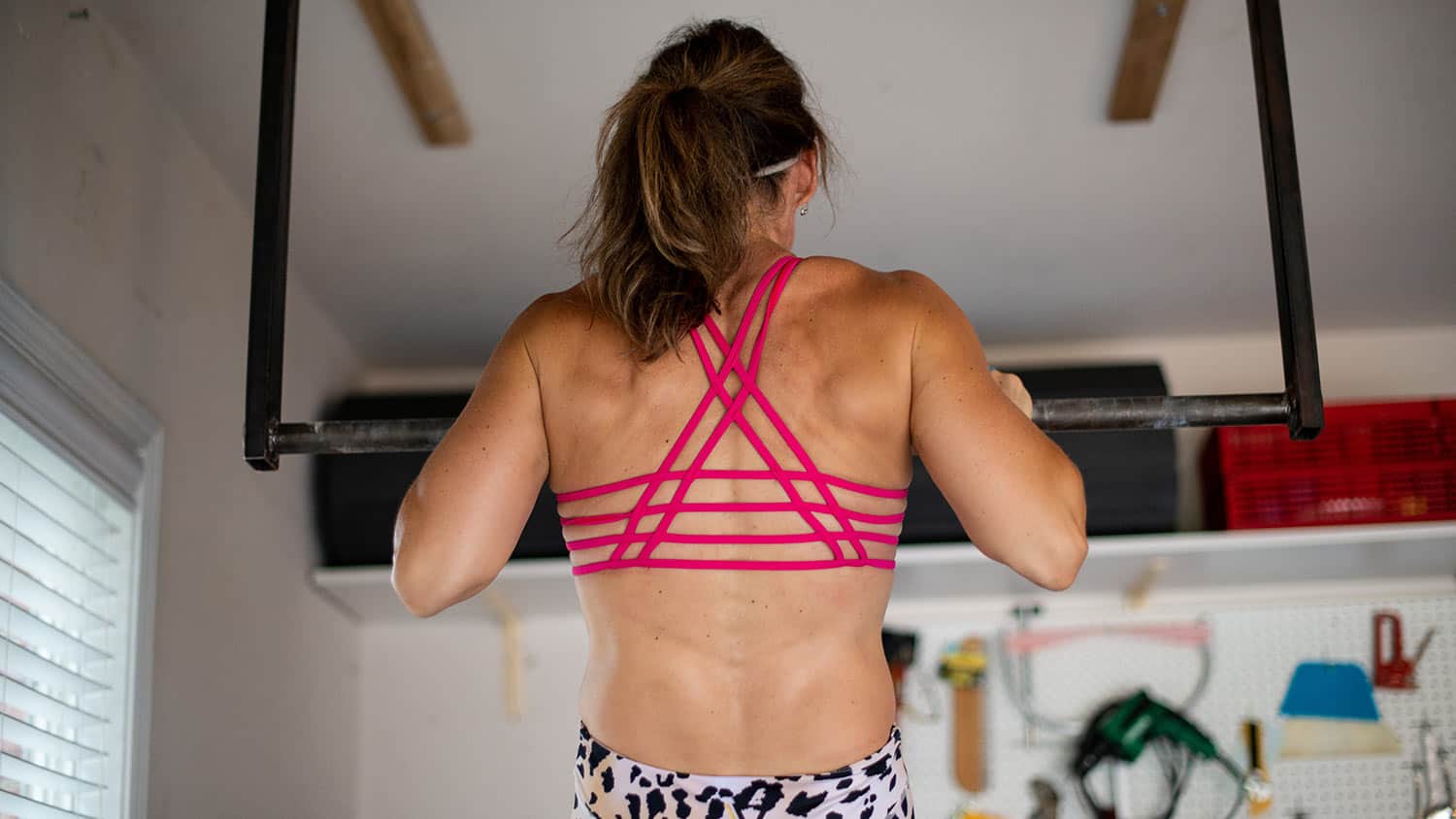
On episode 3 of the Performance Plus Programming Podcast, gymnastics expert Pamela Gagnon joins Coach Johnny B to detail the strict strength pre-requisites for gymnastics movements.
Here are the topics we covered in this episode:
- The 2 foundations of gymnastics movements
- How many reps of strict gymnastics do we need to have before progressing onto kipping?
- One of the best parts of functional fitness is the feeling that “you can do anything” and kipping gymnastics feed into that. It allows us to do movements like pull-ups often times without really being able to do a pull-up. So what is your message to those people? The people who can do 5 kipping pull-ups, but can’t do one strict?
- What is Pamela’s favorite Star Wars movie
Download a free copy of our Skills Progression Chart for a roadmap to your fitness success! Click the image below for your free copy!
The Performance Plus Programming Podcast is a short, actionable podcast that answers common questions from Performance Plus members and other athletes. Featuring Dr. Zach Log (The Barbell Physio), Pamela Gagnon, and hosted by Coach Johnny Bouchard each short podcast episode will help you achieve your goals. Whether you are training for a competition or want to get stronger, our step-by-step guide is all you need to take care of your body.
- Follow Pamela Gagnon @pamelagnon
- Follow Zach @thebarbellphysio and his website
- Follow Johnny @coach_johnnyb
Tune in each Friday for a new episode!
